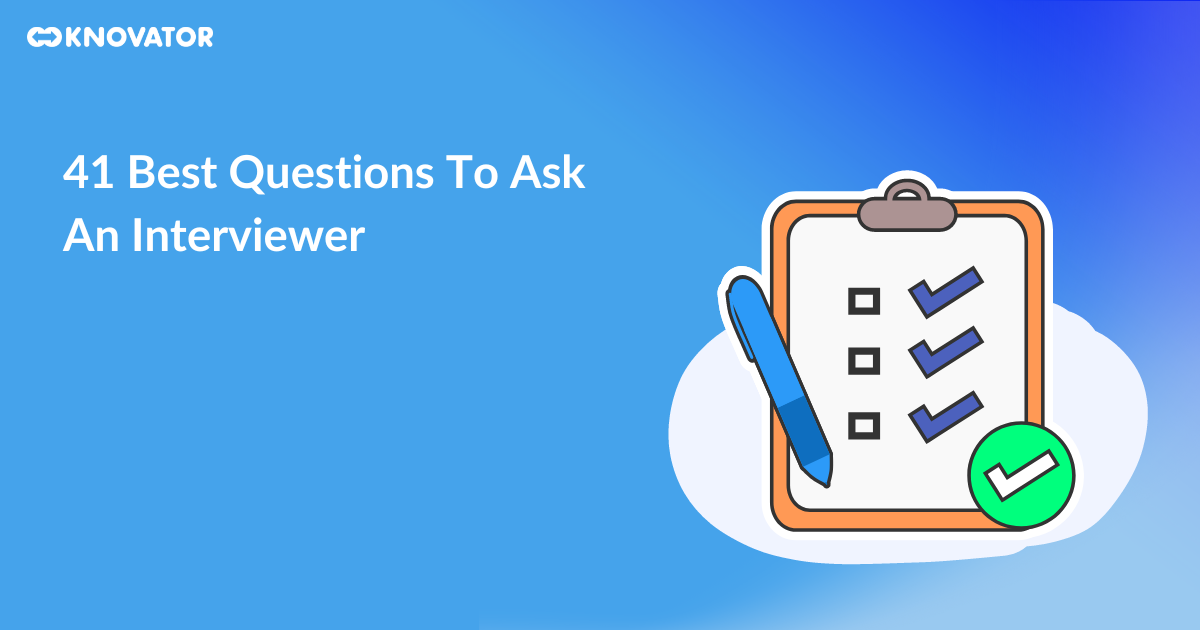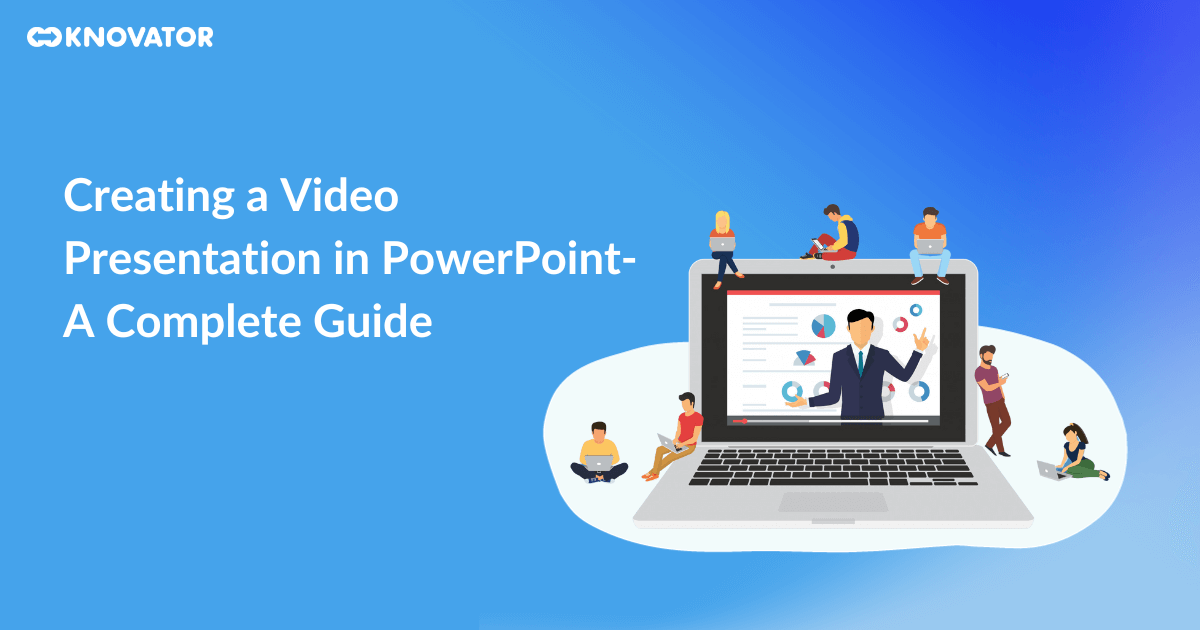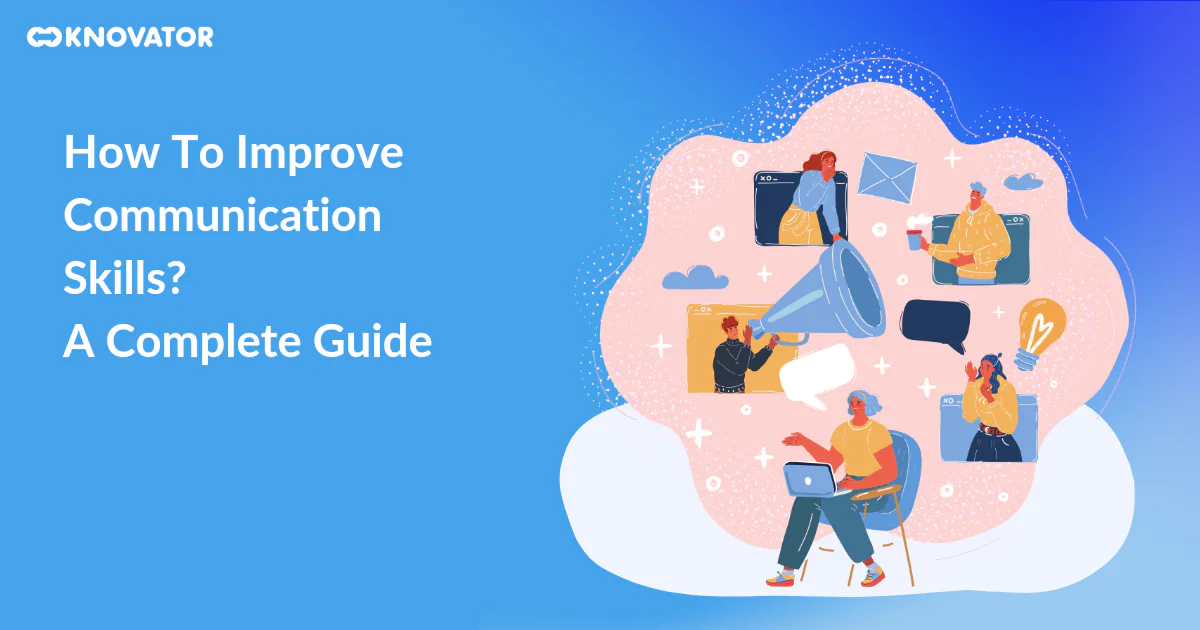Before we jump into the process of how to Develop an e-Learning platform you need some Facts about an E-Learning platform.
- In a recent study by Coursera, they found that online courses provide more in-depth and practical knowledge about day-to-day skills compare to traditional methods.
- According to Forbes, the e-Learning platform will dominate the $325 Billion market by 2025. It’s no wonder that the popularity of the e-Learning platform keeps rising and noticeably.
All the platforms have their own unique ideas, structure, capabilities, and a positive approach toward teaching new skills. The credibility of online courses keep rising, many recruiters prioritize online certificate rather than college or university degrees. It’s not enough to spend millions of dollars on a platform that doesn’t provide value to learners. A platform should be integrated with brilliant ideas along with a stable and reliable platform that leads to big-time success. Whether, you are a student, entrepreneur, or Philomath when you stuck in something you first seek solutions online. An e-learning platform is a great initiative to provide education in a community with more sustainable and reliable environments. Developing an e-Learning Platform is not always an easy task to accomplish. But, with the right guidance and direction, you can achieve this big times success.
In this guide, we covered all the important terms that you should accomplish while you develop an e-learning platform.
So, what are you waiting for? Let’s jump into it.
Things to consider while Develop an e-Learning Platform
1) Building your online presence
Building your online presence is the first step towards the E-learning platform. When you try to build your space in the online world, you need a name or domain to kick-start your journey. A domain name or website name represents your brand online and users use it to find you on social media, search engines, and other online platforms.
Here are some tips to choose a domain name:
- Look for a domain name that reflects both your likings and niche, but it’s not necessary.
- Don’t wait to come up with the perfect idea, try a simple one and then put your efforts to make it’s perfect through constantly improving.
- Prefer.Com above all others.
- Make it short and memorizable and if possible don’t use numbers and symbols.
2) Identify your target audience
Every new project starts with proper research. For online presence, you need to find your audience and target them on social media, search engines, or any other platforms.
While identifying your online audience consider the below points
- Their age and gender
- Their Interests
- Where they spend their time
- Hobbies
- Which online platforms they use
Once you identify your audience and then offer content that engages, attracts, and evoke their interest in your brands. Once you know your potential audience, it’s easy to target them on different channels.
3) Do proper research on your competitor
Sometimes, You don’t know who your target audience is or how your online presence works. But, when you take a glance at competitors, study what structure they using and what they’re offering. Note their Plus and minus points and look for new ideas abound functionality and features that need improvement. With competitive research, you get the idea of how the E-learning platform actually works and what things need an upgrade to stay ahead of your competitor.
Once you analyze your competitor it becomes an easy task for you to create a proper and highly sustainable E-learning platform that has highly advanced features and integration of valuable functionality.
4) Engage with Good educators
You have the world’s best E-learning platforms but the lack of good educators can collapse your system in no time. Bill Gates stated, “content is a king” and to create better content you need experience and well-known personalities in a certain industry that can craft the best content for you.
To find great educators you’ll need to cooperate with the institute and university to look for skilled educators. It extremely benefits for you, if you collaborate with skilled tutors in several niches; it automatically attracts potential audiences towards your E-learning platform.
On the other hand, you can also hire some skilled people from companies and introduce them to your learners.
5) Create great content/courses
A learning platform should be delivering content that gives value to its user. It doesn’t necessary to provide content with videos; you can use images, audio, infographics, slides anything that gives some value to whoever is seeking it.
Relevant content attracts more users and gets more social share and engagement. Instead of creating a long piece of content, create content that relevant to the topics, and delivers ideas to the point. To make content more enjoyable use some gamification to educate users in a fun way.
Create Content that reaches your audience’s audience. – MarketingProfs
6) Keep updating content
Everyone knows that the world around the internet changes day-by-day. It might be possible that the content which you created a month ago doesn’t work today. It’s extremely important to keep update your users with the latest trends and changes that come in their industry or skills area.
Many online platforms miss this opportunity and lost their users. If you create text-based content and users find it’s irrelevant you have to pitch new content based on the video, infographics, or image whoever way it became relevant. Once you know these basic ideas the odds be in your favor.
7) Provides certificate and rewards
As I above mentioned that most of the recruiters prefer online certificates instead of college and university degrees while choosing a candidate for the job. As an E-learning platform, it’s your duty to not just provide a certificate when the course completed but instead test the knowledge and provides appropriate feedback on user progress.
If you offer a relevant skills course and provide credibility to its certification programs, recruiters give immediate feedback and hire your users. You can also offer a scholarship program for your students to enhance their skills and develop new ones.
In a nutshell, come up with ideas that beneficial for users in the long term.
8) Get benefits from user feedback
A secret to success in the online world is to keep evolving your platforms with the latest resources, tools, content, and design. Therefore, get feedback from your users and changes the structure needed. User feedbacks can also benefit you to keep ahead of your competitors.
To get feedback from the users ask them to review the course, what needs to implement, and what needs to changes. User feedback has a direct connection with your success so carefully analyze what they want to say and then implement all the necessary structures.
Related : Automate Teaching with Custom eLearning Development
Essential features of the e-Learning platform
There are some essential features that every E-learning platforms have to adapt while building a platform. all the basic features make the platform easy to use and user friendly.
Now take a look at some of the essential features of the E-learning platform:
1) Registration and profile management
A teacher or student using an E-learning platform has to go through registration collect details like Email or phone, name, password, address, etc. All the details required while filing the registration form create a profile for a user on the platform.
Profile management depends on teacher’s and student’s features. It’s different from one another and collects theirs according to their need.
Mostly, profile management run by email id/phone number along with the password.
2) Different filters
All the learning platform has a vast catalog of courses. To make a catalog user friendly, you have to develop different types of filters. So, the user can access all the courses and adjust the one that it’s most needed or looking for.
Some common filters are as follow:
- Search filter that works with user-entered keyword
- Filters (by language, rates, price, level, hours, and so on)
- Most popular and recommend courses
3) User Dashboard
The dashboard has all the tracking and insight activity about work, courses, pending assignments, notes, and important bookmarks, and so on, for both students and teachers.
In the dashboard, a student can see which courses they enrolled in, course status, and also how much time they spend on a particular course.
For the teacher, it shows how many courses they’ve added, how many students have enrolled, ratings, earnings, feedback, and so on.
4) Course Overview pages
On the course overview page, a user can see the structure of the course. An instructor provides all the necessary details like the course syllabus, description, and profile of its creator, list of resources and topics, videos, estimate time to complete, time period of course.
Many E-learning platforms add student’s ratings in the course overview pages, which encourage new students to enroll in the course. A FAQ section also adds some extra value to the overview page.
5) Online payment methods
If the E-learning platform has paid courses then it became necessary to add payment methods.
The payment methods should be convenient, so students can pay for paid courses and teachers can collect the earning, it’s extremely important to add a highly secure and safe payment method.
Adopt a payment method that can work with debit/credit card, online banking, wallet, and other options to choose for.
Here are some popular payment methods:
- Paypal
- Payoneer
- Stripe or Braintree
6) Course editing and making page
Education platforms should have convenient and authentic tools for tutors and instructors to edit, upload, and update course content. These tools allow an instructor to upload videos, images, audio, podcast, course materials, syllabus, links to additional courses, and exercises.
It’s also important to choose a server that provides fast uploading speed. How often content updates depends on how well your course editing page has structured.
7) Reminder and notification
Sometimes the user does not know about new courses that enhance their current skills or extra material that added. Reminder and notification keep update them with new courses, updates, and extra materials which added after they enrolled course.
You can use push notifications or email to remind or notify them about all the important instructions.
It’s not ideal to send them daily emails, but weekly and monthly newsletters build strong personal connections with existing users.
8) Admin panel
Admin panes would allow administrators to manage all the content and users on the website.
An admin panel design the full structure of a website, edit or delete a course, update content, check statics, analyze reports, manage newsletters and notifications, upgrade new design, implement requires changes, and so on.
Panels also allow admin to manage content, instructors, or users on the website and change whenever they needed.
Related : Choosing the Right Learning Management System
At Knovator we provide custom solutions to develop an e-learning platform for you. We are able to build a strong and powerful e-Learning network that attracts students and boost sales.
With new-age learning trends, we cater to all types of businesses with custom eLearning portals that are easy to use and easy to access.
You can reach a larger number of customers effortlessly. Whether you want instructor-led training, or mobile learning, or videos and seminars training materials, reach out to us to help you with correct technical consulting to kick-start your organization’s e-Learning initiatives.
What we offer:
- Mobile-First Design
- Secured Video Learning
- Live Interactive Classes
- Mock Tests
- Content Management System
- PWA (Progressive Web App)
- User Learning Insights
- Physical and E-Book Selling
- And much more
With the help of our highly talented team, we develop an e-learning platform which is adaptable and unique solutions to your need.
Get in touch with us to know more about our offer or request a call.
Also read: transforming e-learning through artificial intelligence.











